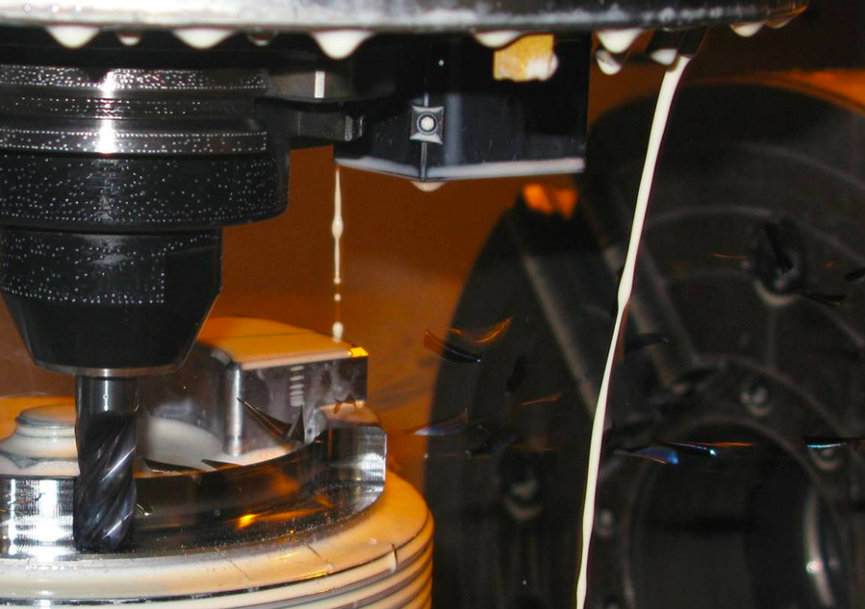metalworkingmag.com
14
'23
Written on Modified on
OSG News
OSG: 5 IMPORTANT CONSIDERATIONS WHEN SELECTING CNC MACHINE CUTTING TOOLS
Working with CNC machines that are not precise and versatile can make the machining process challenging. One needs to be mindful of various aspects before deciding on the right tools for precise cutting.

Working with CNC machines that are not precise and versatile can make the machining process challenging. For this reason, engineers opt for non-cut-and-dried vertical milling machines. However, that does not necessarily mean that selecting any CNC machine cutting tools is restricted to how well they perform in terms of accuracy and precision.
One needs to be mindful of several factors when selecting such tools. Failure to do so may result in a poor-quality end product that no manufacturing unit wishes to produce.
Here are five important considerations when selecting CNC cutting tools.
1. CNC Machining Tool Configurations
Many CNC tools can be configured for multiple tasks to be handled by a single cutting machine. This feature further reduces the time needed to complete the entire machining process. However, it should be noted that different configurations are designed for different workpiece types and materials. Thus, engineers must know which tool configuration they need for their workpieces.
2. Materials And Features Of The Workpiece
The tool to be used is highly dependent on the material of the workpiece one is operating on. Experts recommend different CNC machining cutting tools for different material types. For example, the Stecker machine works with aluminium, grey iron castings, and ductile iron.
3. The Capacity of CNC Machines
Tooling machines should be shortlisted depending on the production volume of one's projects. CNC machines can use the majority of cutting tools. However, that does not equate to the enhanced efficiency of those CNC machines. Experts recommend that a higher horsepower machine allows engineers to use multiple combo tools suitable for performing various functions.
In addition, the casting of the machine is also an important consideration. Case in point: smaller castings do not require the help of hosts to move them around, unlike large castings. Running multiple tool parts on a pallet can save considerable time that may go into changing the tool parts.
4. Materials Used in the Cutting Tools
Engineers have to work with different materials as per project needs. One must note that the materials used for designing cutting tools can enhance the longevity and finishing of the end product.
While most cutting tools are made of solid carbide, polycrystalline diamond-tipped (PCD-tipped) tools can create the hardest and the most reliable cutting tools. One of the important points to be wary of when selecting materials for cutting tools is the cost. PCD-tipped tools may seem like the best option for cutting high-precision edges, but they come with an expensive price tag. Thus, solid carbide is a less expensive option that costs 75 times less than PCD-tipped tools.
5. Feed and Spindle Speed
Feed speed is the rate at which the work material moves inside the cutter. It is always dependent on the spindle speed. Failure to use an accurate feed and spindle speed can even burn the workpiece.
Engineers must mathematically determine the optimal feed speed before operating on the workpiece to avoid unwanted results. It is important to note that feed speed is not the same as cutting speed; which is the peripheral speed of the tool. While feed speed is associated with the movement of the cutting tool, cutting speed is associated with the tools.
www.osgtool.com

